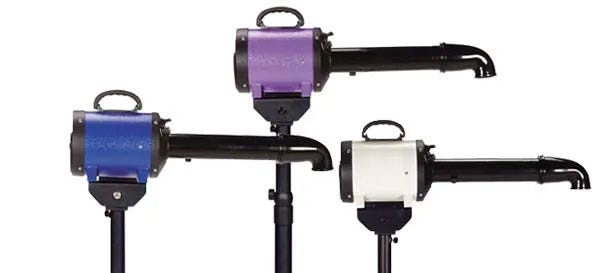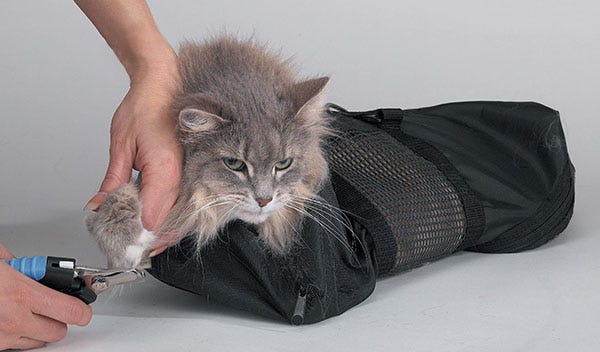Properly maintained equipment will always perform better and last longer. But in general, what are the things that need to be done for your dryers?
Dryer maintenance is fairly simple – and incredibly important to do regularly. It’s a good idea to put it right on your schedule, or work calendar, or wherever you will be sure to see it and remember to do it. A poorly maintained dryer can cause several different disasters. Ask before you buy if the filters are easy to clean and replace as well as the brushes.
The most important thing to do is clean the filters. It might seem efficient to use a high velocity dryer to blow hair off of surfaces including air intakes but resist the impulse as that is likely to push hair into the motor risking fire. Instead, clear it off with your hand or better, a vacuum. If the dryer has removable filters that cover air intakes, vacuum those at least daily and wash weekly. Dander, oils and fine particulates build up quickly reducing efficiency and only soap will get it off. Dryers with poor air intake function poorly and may overheat, causing the dryer to break or even catch on fire.
Some dryers need their brushes replaced. If they do, follow the manufacturer’s suggestion for how often to replace them. Most can be replaced pretty readily by anyone with the right tools, usually a screwdriver to open the casing. Some need to be sent out for servicing. Brushes are not what we think of as brushes – they are solid rectangles of carbon and they transmit electricity from the outlet to the motor. If they are worn too far a gap is created, and electricity arcs, damaging the dryer. Worse from our perspective, worn brushes can emit debris. I found this out to my dismay when I turned a beautiful Samoyed the color of chimney soot by drying him with a tired high velocity dryer with brushes needing replacing. And sadly, it doesn’t wash out it has to wear off.
And take a look at the dryer every morning before using it. No cracks in the housing? Cord intact and not frayed? You’re good to go!
By Carol Visser, Journalist, Master Pet Groomer, Certified Dog Trainer, Pet Product Expert



